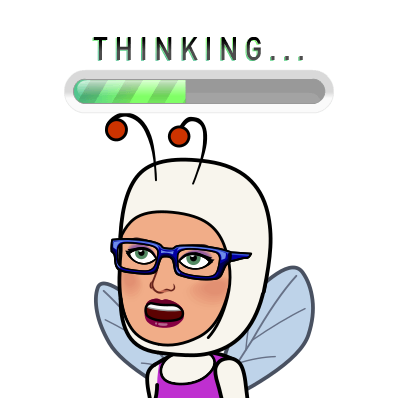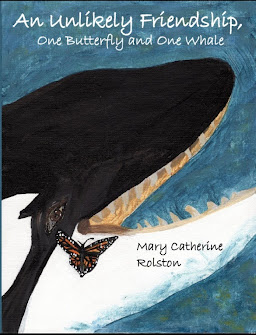An Unlikely Friendship, One Butterfly and One Whale
Can a whale and a butterfly see eye to eye? Whose perspective is right?
Wyatt and Bernie are a pair of creatures with contrasting characteristics and ideas about their place in the world. The enormous orca’s vision is black and white. The tiny butterfly sees in colour beyond the human spectrum.
Through their experiences navigating the human-made hurdles in the marine environment, they learn from one another to value their differences.
Backstory & Illustrations
Inspired by a negative life event, this story reflects the main lesson learned, namely, the importance of always seeking to understand, especially in the face of darkness and conflict.
I live on what I call Canada’s Hawaii, Vancouver Island. Here, we are surrounded by dense nature in the form of ancient rainforests and the Pacific Ocean. Daily we are entertained and awed by a variety of birds (including eagles, hawks and huge ravens), ocean animals (starfish, orcas, seals, sea lions, otters, salmon, sand dollars, snails, and clams just to name the regulars), insects, and a variety of other wild land animals (such as deer, cougars, bears). Many people own dogs and are avid gardeners. It is a magical place that exudes a special calm and healing energy.
Often, we see orcas from shore or out while kayaking, paddleboarding or sailing on the ocean. This is quite remarkable as these sightings do not require taking a whale-watching tour boat miles from shore.


On my daily walks, taking in the majestic sights while pondering the challenging life lesson learned (seeking to understand), I was wondering what would happen if a butterfly came across a whale. Returning home, I researched how whales and butterflies see and found out that whales view the world in black and white while butterflies see in ranges of colour. I made the comparison to the people involved in the conflict and noted that one side saw the situation from a black-and-white perspective while the other side perceived things from different angles or one might say from different shades of colour. The whale and the butterfly became the main characters in a story where they learned to understand and help each other. It evolved into a metaphor to teach the lesson on the importance of seeking to understand.
One of my favourite aspects of the story is the image of a delicate tiny animal helping and saving one of the mightiest of ocean creatures. I also like that the story discusses the issue of animal safety, particularly the safety of our whales when confronted with boats and fishing nets.
The style of painting was inspired by a painting I did at an art night. Examining it I realized that the style could work with the setting and colouring of the main character animals and my novice artistic abilities. Bingo, the painting became the last illustration of the story and the inspiration for all the other scenes!
Guide for Reading: PRC
Predictions, Reflections and Connections
Predictions
Predicting is an essential tool when developing as a strong reader. This story has been written to hook the young audience in engaging in predictable events.


Reflections
Reflecting throughout a book makes the story extra personal and come alive. It reflects a reader’s level of comprehension. A more thoughtful and complex reflection and connection reveal a higher understanding of the story. They also help reinforce one’s memory sequence which forms the basis of a retelling with more detail and reference to nuance. A simple and literal retelling reflects a more simplistic understanding.
Connections
Making connections facilitates a deeper understanding of a story through making inferences, noting details and relating them to prior information. It is seeing, linking, and articulating other topics and events to the story. The reader is applying this reading experience to other learned information. Often when making connections the reader will arrive at exciting new insights that extend beyond the literal story.



